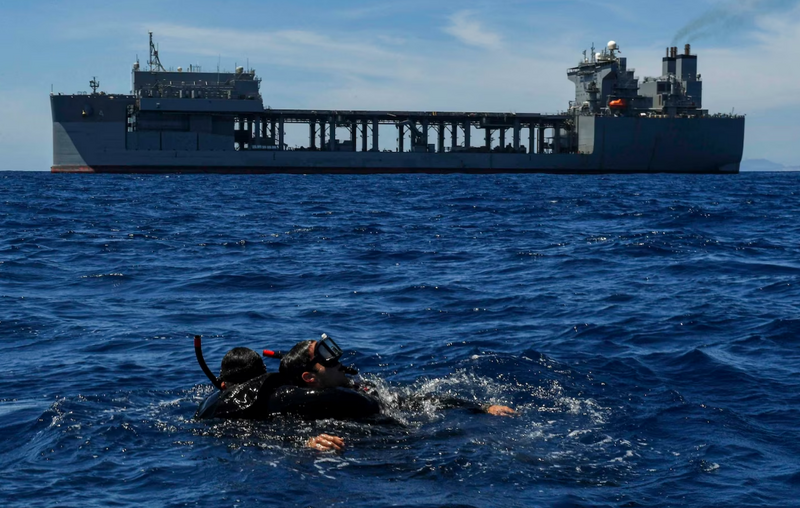The U.S. Navy recently announced that it has received the latest expeditionary sea base "USS John Canley", which will strengthen the U.S. Navy's overseas deployment and power projection capabilities.
The picture shows the same class ship "Williams".
(The picture is taken from the official website of the US Navy)
[Instant News/Comprehensive Report] The U.S. Navy recently announced that it has received the sixth newest expeditionary sea base "USS John L. Canley, T-ESB-6", which will strengthen the U.S. Navy's overseas deployment and power projection capabilities .
The US Navy media "USNI News" (USNI News) reported on the 3rd that the "John Canley" was built by the "General Dynamics National Shipbuilding Corporation" (GD-NASSCO) in San Diego. Named for Marine Corps Sergeant John Canley, who was awarded the Medal of Honor in 2018 for acts of bravery during the Vietnam War.
Please read on...
The report mentioned that the expeditionary sea bases of the U.S. Navy would originally be included in the Military Sealift Command (MSC) and serve as Naval Support Ships (USNS), but in 2020, the U.S. Navy announced that it will change all expeditionary sea bases into regular naval ships (USS).
At present, the same type of expeditionary sea bases of the US Navy, USS Williams (USS Williams, T-ESB-4) and USS Miguel Keith (USS Miguel Keith, T-ESB-5) have been deployed in the US Africa Command The U.S. Indo-Pacific Command provides maritime power projection capabilities for the U.S. Navy.
Expeditionary sea bases are not front-line combat ships. They mainly perform auxiliary tasks, such as transporting large materials or vehicles and other equipment for the US Navy, temporary helicopter takeoff and landing, or serving as temporary supply and transportation bases when no ports are available.
The manufacturer "General Dynamics National Shipbuilding Corporation" has also promoted the conversion of expeditionary sea bases into F-35B fighter aircraft ships or unmanned vehicle motherships to make them more in line with future battlefield needs.
